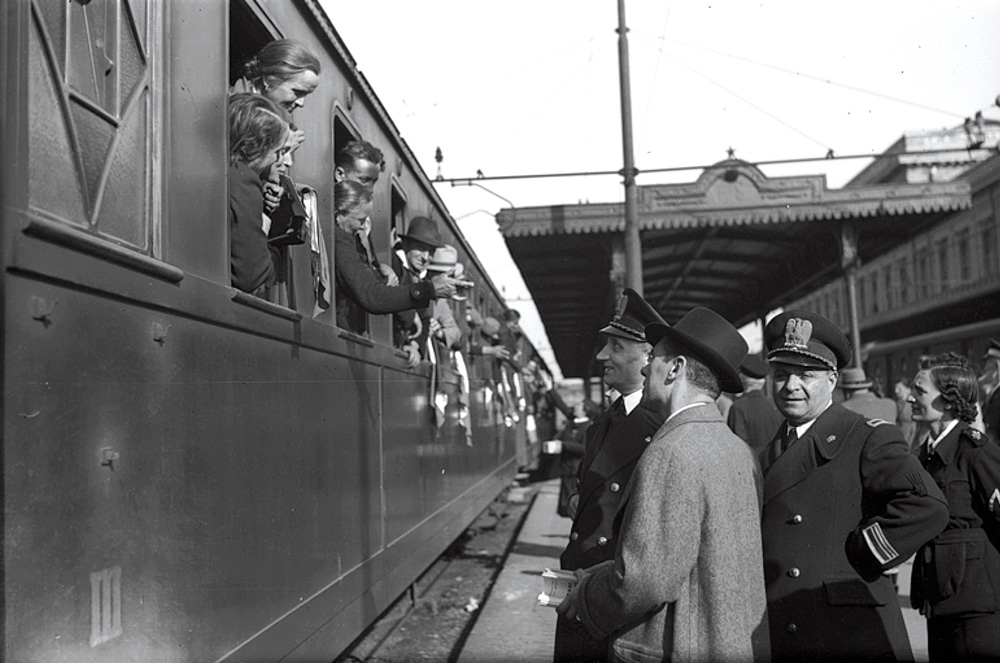A second group, numbering about 100,000, included workers brought to Germany after 8 September 1943; a small number of them (a few thousand) had accepted job offers in the Reich advertised through propaganda by the offices opened in occupied Italy by the General Plenipotentiary for the Employment of Manpower (Generalbevollmächtigter für den Arbeitseinsatz, abbreviated to GBA), Fritz Sauckel, so in their case we cannot speak of direct coercion. Others, the absolute majority, were called up by post, in a way similar to that used for military service, or were enrolled as being eligible by age for military service, but also for employment as workers. The names of others were forwarded to German recruiters by the companies in which they worked, whose management was ordered by the occupying forces to prepare and provide specific lists. Finally, some were captured during roundups carried out by German units and by the armed units of the Italian Social Republic in the areas behind the front, both in the course of anti-partisan operations, and in raids, targeted or retaliatory, carried out in urban areas. All of them were transferred to Germany to be used as forced labourers in the war effort. Once they had reached their destination, they were housed in Arbeiterlager, usually reporting to the companies that employed them or to the Labour Offices (Arbeitsämter). For a correct definition, we feel it best to use the terms “rounded up” persons and “forced labourers”.
